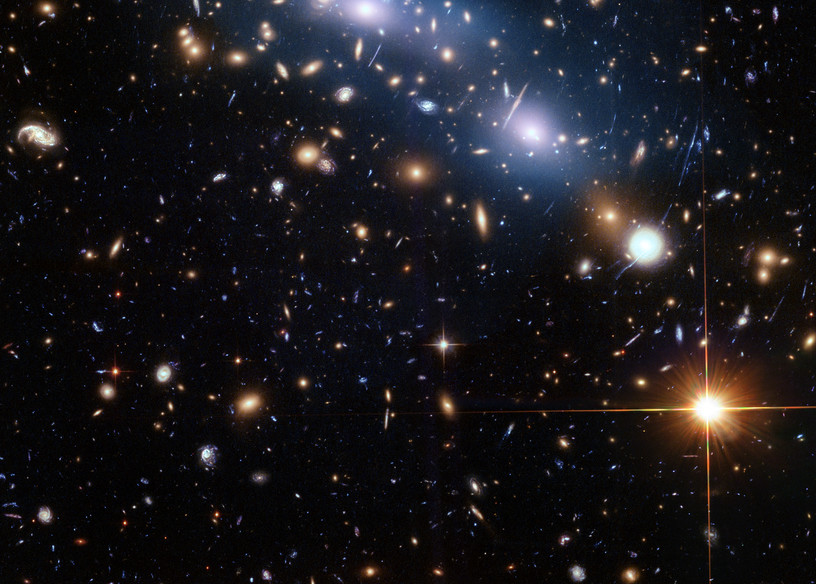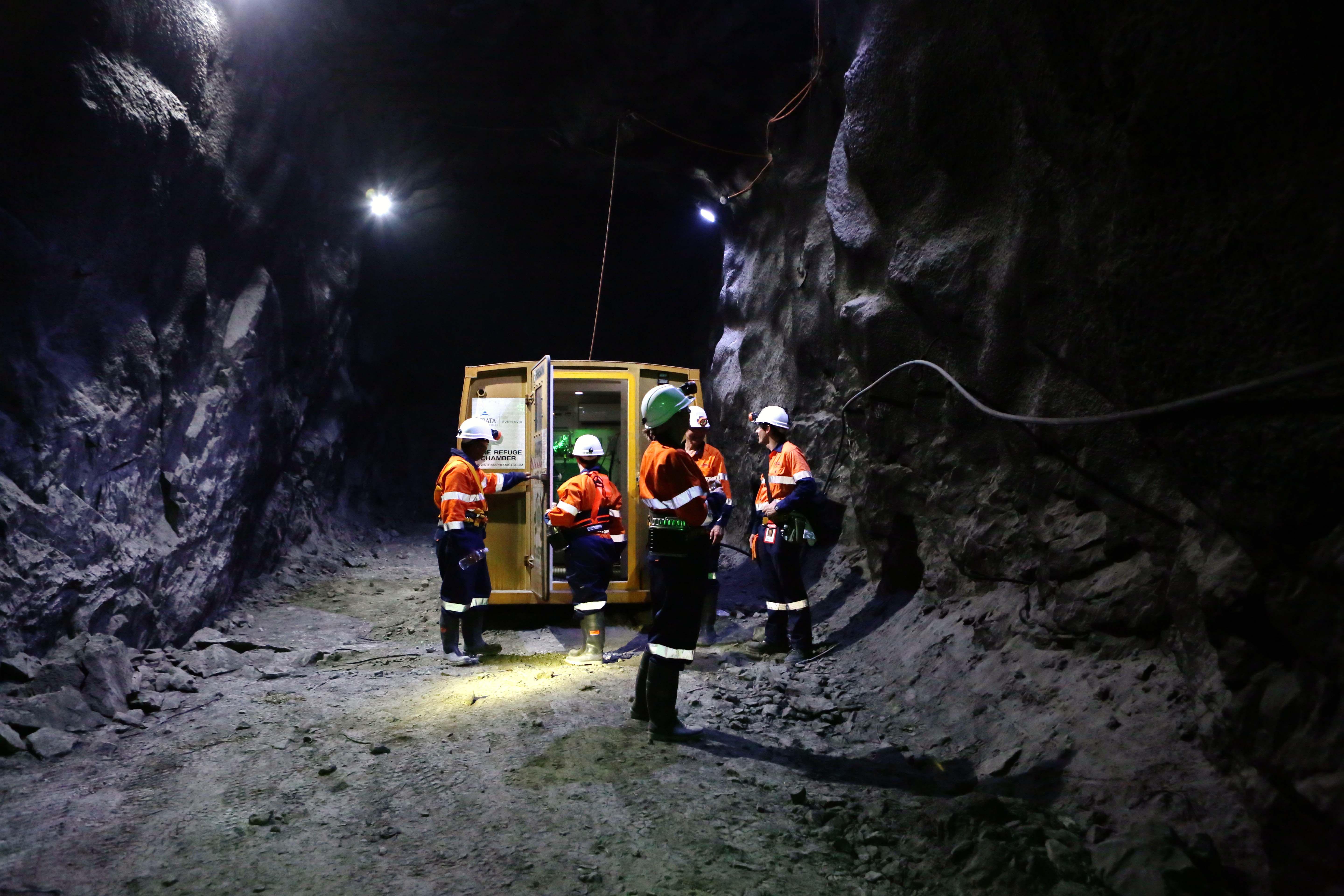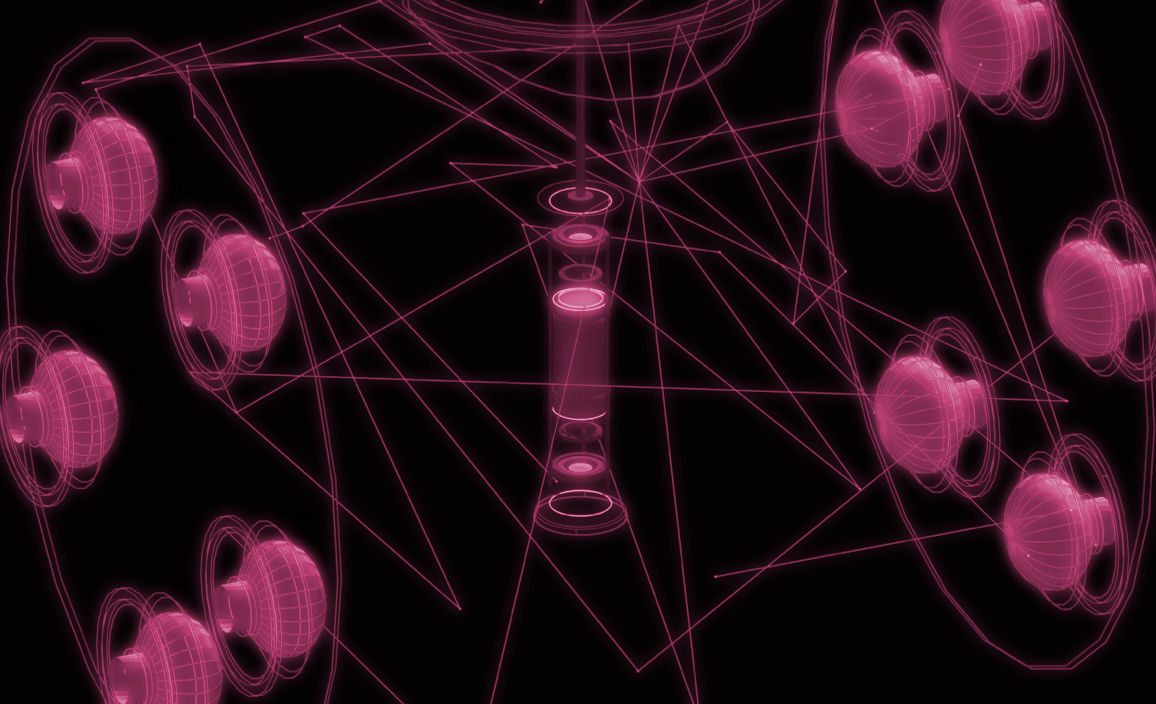
Sciences & Technology
Riding the gravitational wave

In a laboratory 1000 metres below ground in a gold mine, Australian physicists are uniquely positioned to confirm the existence of dark matter
Published 7 March 2019
Dark matter is the mysterious material that holds the Universe together, yet no one has seen it; or heard, smelled, tasted or touched it either.
But that may soon change, and a laboratory 1,000 metres below the ground in the Stawell gold mine halfway between Melbourne and Adelaide could be the epicentre of this discovery.
Physicists have had a good run recently at detecting the seemingly undetectable.
First there was the Higg’s Boson, confirmed by experiments at the Large Hadron Collider in 2012, nearly 50 years after it existence was first proposed. Then in 2015 the LIGO detectors found gravitational waves, a century after Einstein predicted them. Both discoveries were rewarded with Nobel Prizes.

If all goes to plan, in the next few years dark matter will move from the realm of the hypothetical to the observable, opening a new era in experimental physics, and a major step towards a fundamental theory of nature.
Professor Elisabetta Barberio is leading the Australian effort to detect dark matter, as the Director of the Centre for Dark Matter Particle Physics. The University of Melbourne physicist says Australia is uniquely positioned to confirm the existence of dark matter.
It started with some simple calculations based on Newton’s Law of Gravity.
“If I look at the solar system, there’s the sun and all the planets, and if I know the velocity of a planet and its distance from the sun, I can calculate the mass of the sun,” says Professor Barberio.

Sciences & Technology
Riding the gravitational wave
“We can do the same with our galaxy. We can take the motion of a star, and, knowing the distance of the star from the centre of the galaxy, we can calculate how much material there is in the galaxy.
“When we do this calculation, the amount of material that we see and the amount of material that should be there by our calculations don’t match. Our calculations say that there is much more material in the galaxy than what we can see. And this is dark matter.”
Physicists think dark matter is made up from an as-yet-unknown fundamental particle that has no electric charge, doesn’t produce light and doesn’t interact very much with anything.
But they also think that there will be the occasional interaction that we could perhaps detect, given the right equipment and the right location.
“We know that there is a lot of dark matter in the galaxy – between 70 and 80 per cent of the material in the galaxy is dark matter,” says Professor Barberio, “and so every second our bodies are traversed by billions of these dark matter particles that don’t do anything to us. We are transparent to these particles.”
“However, we think that very, very rarely, a dark matter particle interacts with the nucleus of an atom in a material that we can see – what we call normal matter.”
The problem is that other things also interact with the atomic nuclei; notably cosmic rays and radioactivity.

“The probability that dark matter interacts with my nucleus is one event per 10 kg of material per day,” says Professor Barberio. “The probability that radioactivity or cosmic rays interact with my nucleus is 10 billion times per 10 kilograms of material per day.”
In other words, one in every 10 billion of these interactions is dark matter, making it impossible to distinguish any signal from the noise.
To improve those odds, we need to reduce the number of other interactions occurring. The first step is to head underground – way underground. Cosmic rays are absorbed by rock so if you go deep enough you can reduce these to almost zero.
“By going underground we’ve already eliminated a few billion interactions,” says Professor Barberio.

Sciences & Technology
Revealed: The billion-year soundbite
“And then we also need to eliminate all the residual radioactivity in the material we build our detector from, because even if we take a banana into our lab, it will have so much radioactivity that there will be a few counts, a few interactions, per day, with my nuclei, and it will shade dark matter.”
“We choose the right material, or build a material with very low radioactivity, and then we construct our detector underground and we start waiting, and count how many times there is this interaction.”
Several underground dark matter detectors exist, and one even claims to see dark matter. The Gran Sasso Laboratory, built inside a mountain in Italy, tracks what they say is the annual modulation of dark matter arriving on Earth.
As the Earth goes around the sun, its velocity with respect to the centre of the galaxy changes. In June the Earth is travelling around the galaxy at about 260 kilometres per second, whereas in December it is more like 200 kilometres per second.
Therefore, we would expect the Earth to be hit by more dark matter in June than in December. And this is what the Gran Sasso team observes in their data.
“If you are on a bicycle and you go faster or slower you have more or less wind,” says Professor Barberio.

AUSTRALIA’S DARK MATTER DETECTOR
Seasonal changes, from summer to winter, could also lead to a cycle in the rate of interactions on the dark matter detectors. And this is where Australia comes in.
To remove this potential error, we need to repeat the experiments in the Southern Hemisphere, where the seasons are flipped.
If we see a seasonal pattern, with a peak in summer and a minimum in winter, then the data from Italy needs to be rethought. If we see the same annual pattern, however, with a peak in June and a minimum in December, this could be the evidence that finally confirms the existence of dark matter.
The Stawell gold mine in western Victoria is one of the few places in Australia that can house a dark matter detector.
“You need to find a very deep mine or a very high mountain,” says Professor Barberio.
“We don’t have very high mountains so we needed to find a mine. There are very few mines in Australia that have the necessary depth and the necessary access. Thankfully, we have great support from the mine owners and the local Stawell community for our laboratory.”
Professor Barberio’s team hopes to have the Stawell Underground Physics Laboratory will be up and running this year.
This will be the first dark matter detector in the Southern Hemisphere, and, when combined with data from other detectors around the world, could finally confirm the existence of dark matter.
Banner: NASA, ESA and M. Montes (University of New South Wales)